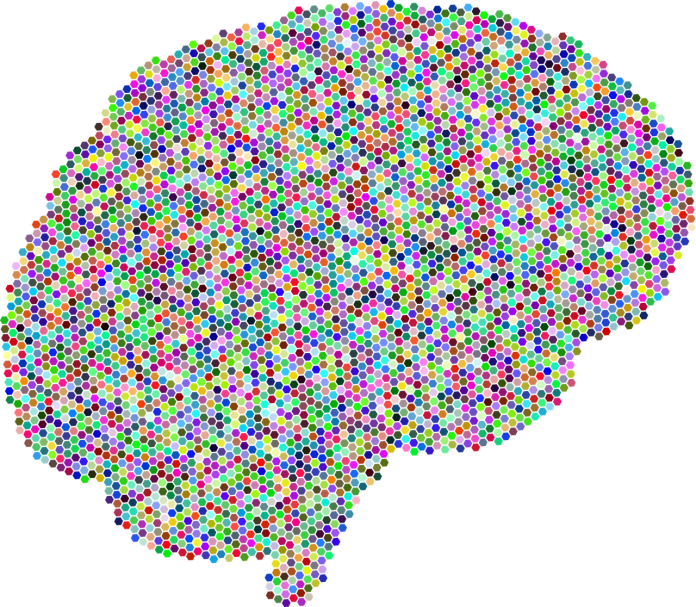We help you become AI ready
Everyone talks about A.I., but when you want to do it, it seems harder than you might think. Over time many people realized that a company has to fulfill certain criteria to be able to do A.I. projects. Thus the term A.I. readiness was coined. Capgemini defines A.I. Readiness as
“Extent to which a country and its institutions & businesses have the ability to reap the benefits of A.I.”
As we learned before, the benefits of A.I. are defined as improving the Voice of the Customer (Product, Services, Customer Satisfaction), the Voice of the Business (Strategy, lower cost, higher revenue, increased stock prices or profits) or the Voice of the Employee (Employee satisfaction). That means that A.I. Readiness is the
“Extent to which a business has the ability to improve the VOC, VOE or VOB by using A.I.”
According to Intel, AI readiness is being achieved on three dimensions.
- Transformational
- Operational
- Foundational
It is important to dissect A.I. readiness to these independent dimensions, because many companies just focus on one dimension and wonder later why their A.I. initiatives are not working.
Goldblum Consulting is supporting you on ALL THREE DIMENSIONS.
Transformational readiness includes strategic leadership, educated leadership, a clarity of potential business cases and the acceptance of your organization to evolve. Even the most spirited leader will fail, if the employees themselves boycott change. Thus a big part of A.I. readiness is change management. The further the business is originally away from A.I., the more attention we have to put into change management.
Operational readiness includes all levels of management. On a governing level it covers governance, compliance, risk but also cyber security. On an operational level it builds up human resource readiness and needs to address the issue of assessing existing skills and expertise and how to fill the existing gaps. Furthermore it includes project management readiness. This includes the adaption of existing management frameworks to yield to specific software development & A.I. issues. Additionally it includes a specific focus on data management, data flow and data resource management.
Foundational readiness is the groundwork for A.I., but should only be tackled as an output of the two above dimensions. It consists of the infrastructure platform, cloud resources, data sources and software packages. Questions in this dimension might be:
- Is my existing data center set up for increased network bandwidth needed by A.I.?
- Do I know enough about the offerings cloud providers have? Do I know exactly how expensive cloud services would be? Do I understand the extend of services e.g. AWS offers and how much training my employees need to work with it?
- Is critical data available? Do you have it labelled correctly? Is it up to date? Can you retrieve it in real time or does your database has to calculate a SQL request for 20 minutes?
- Do you have people in your organization who have worked with AI software packages? Do they know which software is out there? Have they worked with e.g. TensorFlow and know how to connect it to your existing software landscape?
As many parts of AI readiness are part of works within digital transformation or enterprise architecture, these areas always overlap. Especially as enterprise architecture 4.0 develops more into the business realm.
Talk to us, if we can help you into becoming AI ready or you have problems regarding digital transformation or enterprise architecture.



